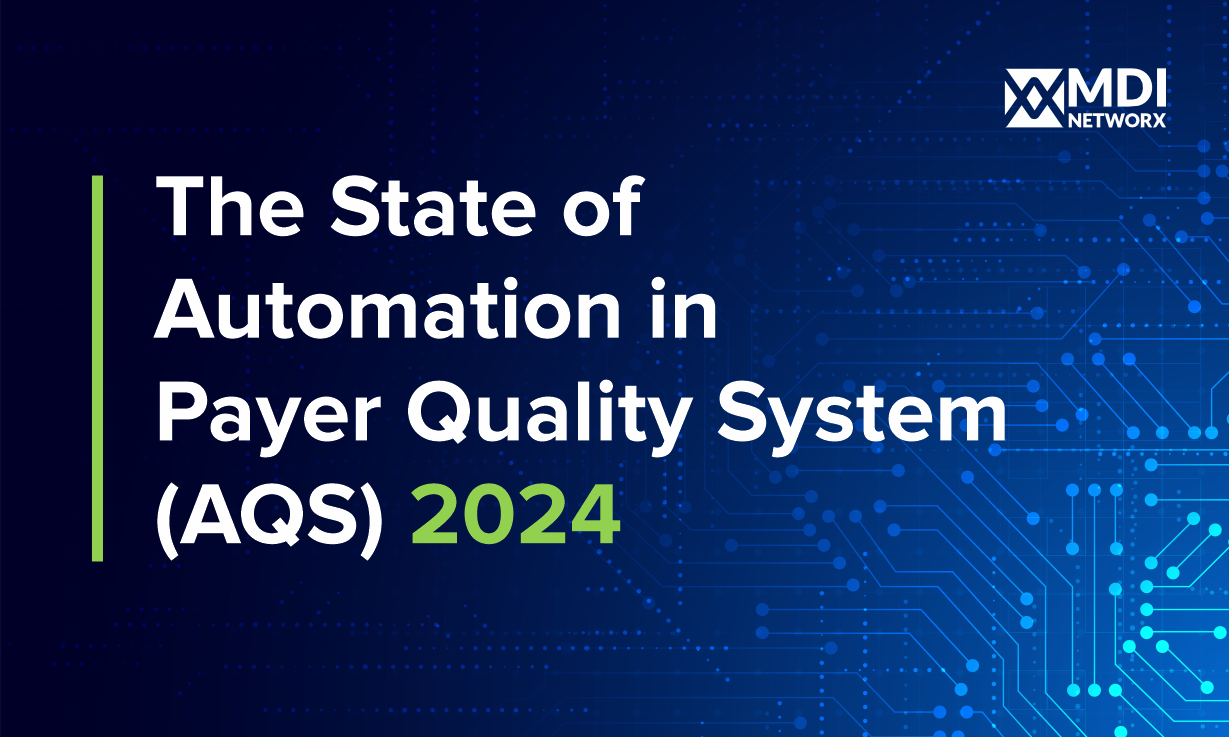In payer operations, rework is often seen as just part of the job. A claim goes wrong, it comes back, someone fixes it, and the process moves on. But beneath that routine lies a hidden cost - and a strategic opportunity.
When payers treat rework as a minor operational inconvenience instead of a signal, they miss what those errors are really pointing to. Patterns. Gaps. Training needs. System logic flaws. In reality, every repeated error is a data point waiting to be turned into insight.
Rework Is Not Just Labor. It’s Lost Momentum
It is easy to underestimate what rework really costs. At first glance, it looks like an extra task or a delay in processing. But in reality, it slows everything down. It eats into examiner capacity. It causes friction with providers. It increases downstream audits, corrections, and sometimes even appeals.
Most importantly, it keeps teams stuck in a reactive cycle. Time spent fixing errors is time not spent preventing them.
Audit Findings Shouldn’t Live in Spreadsheets
Many payer organizations conduct audits. They review samples, flag mistakes, and log results. But what happens next? In too many cases, the findings are stored, maybe shared with a few teams, and then archived. The cycle repeats, but the insight doesn’t scale.
This is where operational leaders lose leverage. Audit results are not just a scorecard. They are a map of what is not working. If patterns show that the same errors keep surfacing, the answer is not more sampling. It is process improvement.
Error Trends Are Intelligence Triggers
When tracked and analyzed correctly, error trends do more than identify what went wrong. They show where the system is misaligned. Maybe it is a benefit rule being misapplied. Maybe it is inconsistent examiner judgment. Or maybe it is a policy interpretation that no one ever clarified.
The trend is not just about the error itself. It is about the conditions that allowed it to happen — and how often.
This kind of insight is invaluable. It feeds training programs. It informs automation rules. It helps auditors prioritize what matters most.
Managed QA Services Are Unlocking New Value from Old Problems
Some health plans are partnering with managed QA teams not just to scale auditing but to extract insights. These partners bring in frameworks that help connect audit outcomes to operations. They look at error velocity, recurrence, financial impact, and department-level risk.
It is no longer just about how many claims are audited. It is about what the audits are telling you and how quickly those insights can turn into action.
Turning Rework into a Strategic Signal
Not all rework is avoidable. But a significant portion of it is. The organizations that outperform are the ones that listen to what their error data is saying.
By acting on these early warning signs, payers can move from reactive fixes to proactive improvements. This approach doesn’t just reduce errors it strengthens the entire claims ecosystem for long-term success.
Instead of treating rework as an output, they treat it as a leading indicator. A red flag. A trigger for process change. That mindset shift turns quality assurance from an operational task into a performance driver.
Learn how payers are using error trend intelligence to reduce rework, improve accuracy, and build smarter claims operations.





